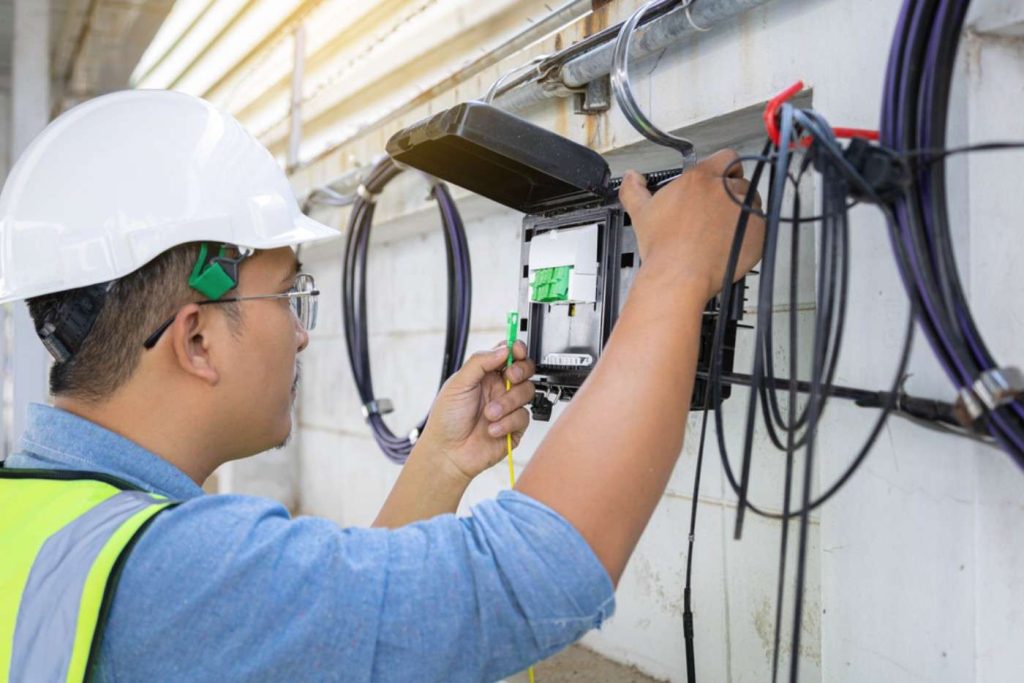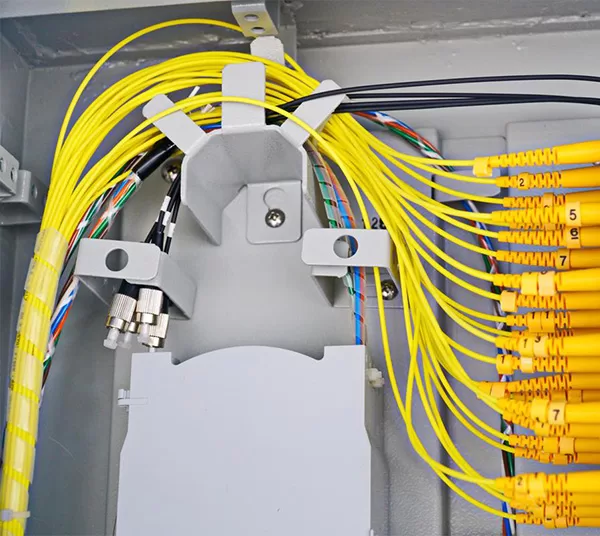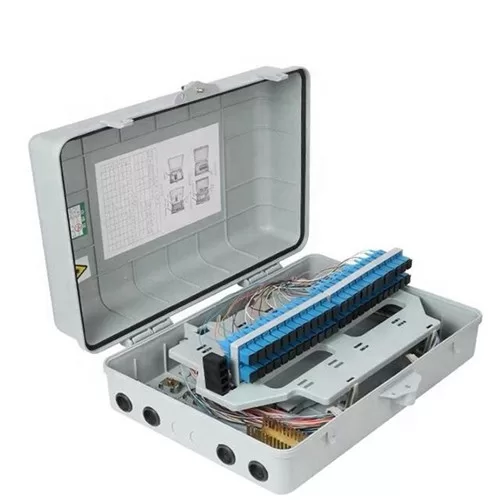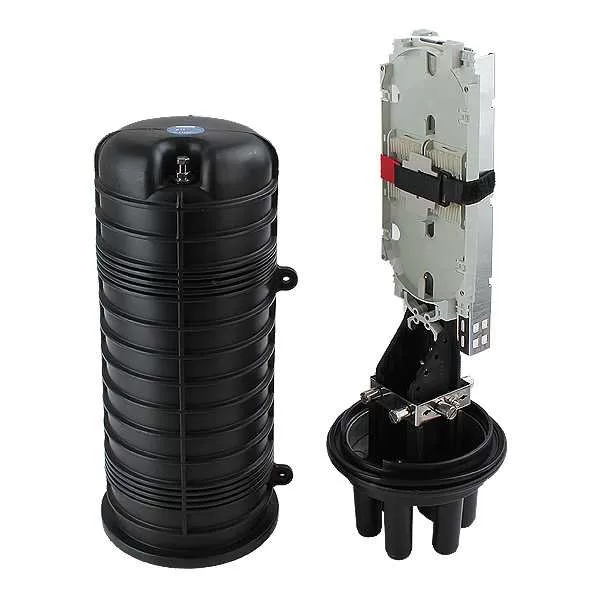In the rapidly advancing world of telecommunications, the demand for high-speed and reliable connectivity has fueled the evolution of fiber optic technology. One critical component that plays a pivotal role in ensuring seamless connectivity is the fiber splice closure. This article aims to provide a comprehensive overview of fiber splice closures, covering their categories, applications, factors to consider when choosing one, and finally, a curated list of the top 10 suppliers from China.
Categories of Fiber Splice Closures: Fiber splice closures come in various categories, each designed to meet specific requirements. The primary categories include dome closures, horizontal closures, and vertical closures.
- Dome Closures: These closures are compact and typically used for aerial applications. They are characterized by their dome-shaped design, providing protection against environmental factors like moisture and dust.
- Horizontal Closures: Ideal for direct burial or applications where space is limited, horizontal closures are horizontal in orientation and offer easy access to the fiber cables. They are commonly used in underground installations.
- Vertical Closures: Vertical closures are designed for installations where space is not a constraint. They are suitable for aerial, pole, or wall-mounted applications, providing ample space for organizing and managing fiber optic cables.
Applications of Fiber Splice Closures: Fiber splice closures find applications across various industries, including telecommunications, data centers, and broadcasting. Some common applications include:
- Telecommunications Networks: Fiber splice closures play a vital role in extending and maintaining telecommunication networks by providing protection and organization for fiber optic splices.
- Data Centers: In data centers, where high-speed data transmission is critical, fiber splice closures help manage and protect fiber optic connections, ensuring minimal signal loss.
- Broadcasting: Fiber optic networks are widely used in broadcasting for transmitting audio, video, and data signals. Fiber splice closures contribute to the reliability of these networks.
How to Choose the Right Fiber Splice Closure: Selecting the appropriate fiber splice closure requires careful consideration of several factors. Here are key aspects to keep in mind:
- Environment: Evaluate the environmental conditions where the closure will be installed. Dome closures are suitable for harsh outdoor conditions, while horizontal closures are more apt for buried installations.
- Capacity: Consider the number of fibers the closure can accommodate. Choose a closure that meets both current and future capacity requirements.
- Installation Method: Different closures are designed for different installation methods, such as aerial, underground, or wall-mounted. Choose the one that aligns with your specific installation needs.
- Durability: Look for closures with robust construction and materials to ensure durability and protection against external elements.
- Ease of Access: Accessibility is crucial for maintenance and troubleshooting. Select closures that provide easy access to splices and connectors.
Top 10 Fiber Splice Closure Suppliers from China: When it comes to sourcing fiber splice closures, Chinese suppliers are renowned for their quality products. Here are ten notable suppliers based in China:
- FiberHome: A leading global provider of information and communication technology, FiberHome offers a diverse range of fiber optic products, including high-quality splice closures.
- Hengtong Group: Specializing in fiber optic communication, Hengtong Group is a reliable supplier known for its comprehensive range of fiber splice closures.
- Sunsea Group: With a focus on telecommunication and information technology, Sunsea Group provides innovative and reliable fiber optic solutions, including splice closures.
- CommScope: As a multinational telecommunications company, CommScope has a strong presence in China, offering a variety of fiber optic closure solutions.
- ZTT Group: ZTT Group is a global player in the field of communication and power transmission, known for its high-performance fiber optic closures.
- Fujikura: With a strong presence in the Asian market, Fujikura is a well-established supplier of fiber optic products, including splice closures.
- Optical Cable Corporation (OCC): OCC, with a manufacturing facility in China, provides high-quality fiber optic solutions, including reliable splice closures.
- Furukawa Electric: Furukawa Electric is a global leader in the manufacture of fiber optic products, and its Chinese operations contribute significantly to the supply of quality closures.
- Prysmian Group: As a leading cable and optical fiber manufacturer, Prysmian Group offers a range of reliable fiber optic closures through its Chinese operations.
- Yangtze Optical Fibre and Cable Joint Stock Limited Company (YOFC): YOFC is one of the largest fiber optic cable manufacturers globally, providing top-notch fiber splice closures.
Conclusion: In conclusion, fiber splice closures are integral components of modern telecommunications networks, ensuring the seamless transmission of data. Understanding the categories, applications, and selection criteria for these closures is crucial for making informed decisions. With the Chinese market playing a significant role in the production of fiber optic solutions, the list of top 10 suppliers provides a valuable starting point for those seeking reliable and high-quality fiber splice closures. As technology continues to advance, the importance of these closures in maintaining efficient and robust fiber optic networks is only set to grow.





